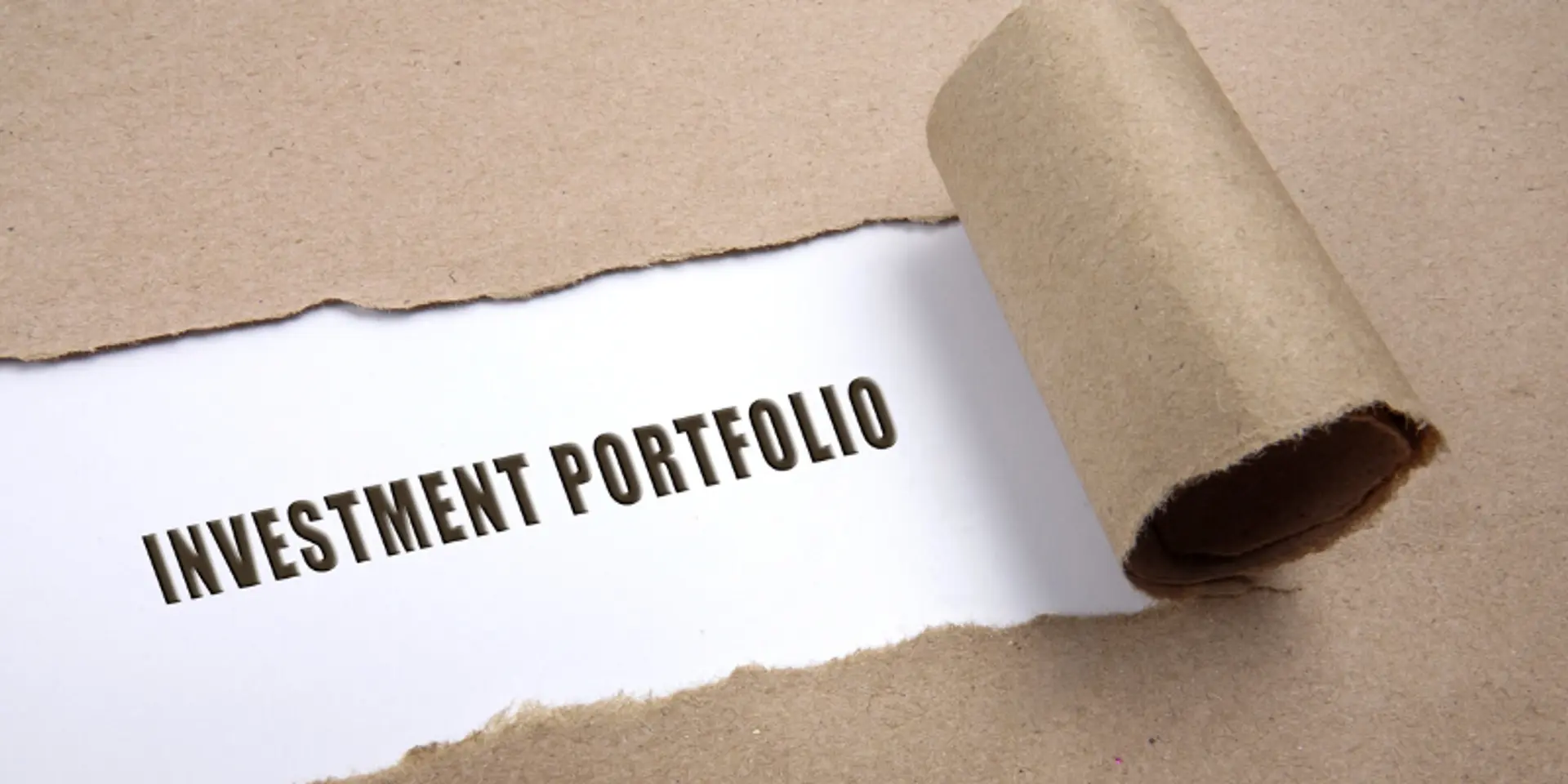Building the perfect portfolio
If you invest in an informed and disciplined manner and stay on the path for the long term, it will help you build the perfect portfolio for your needs.

Smart investment is all about building the perfect portfolio for yourself. Picking quality assets, planning for the long term and planning a diversified portfolio that works for you.
New investors however usually start out the wrong way. Some take advice from friends who claim to know more than they do. Others end up trusting their seemingly friendly bank relationship manager.
Even smart working professionals often base their decisions on mutual fund star ratings and historical charts. While those indicators may set a baseline, they alone are not enough to ensure you pick the right assets for your portfolio.
Three key problems for new investors
1. People don’t know their risk appetite
If you’ve ever seen a mutual fund investor poring over daily market charts, chances are you’re looking at someone who didn’t know their risk appetite. If you’re not a day trader, daily stock fluctuations shouldn’t bother you.
Knowing whether you’re a conservative, moderate or aggressive investor is crucial to help you build the perfect portfolio. It also helps you sleep well at night.
Your risk level isn’t just based on the returns you wish to earn but also the amount of money you can stomach losing and the time frame that you can keep that chunk of money invested. It is best to know your risk level and only invest in funds aligned with it.
2. People don’t know how to plan their investment journey
To invest and increase your wealth you have to have a clear investment plan and set milestones. You have to start by ensuring you are saving regularly. Next, you have to choose assets that will offer liquidity when you need it - planning is important.
Sadly, most people don’t plan for expenses with a long-term view. Instead, the average investor often starts with the intention to avoid paying taxes. This results in them investing in multiple LICs and ULIPS.
3. People can’t access high-quality advice
Building a perfect portfolio requires you to pick the right assets and most new investors don’t have in-depth knowledge of financial products. This means you as an investor need a wealth coach to guide you through your investment journey. However, the best advisers usually only work with HNIs. This is a major problem even for senior professionals who have lakhs of rupees to invest but don’t have help.
The solution
The solution is actually easier than the finance industry would have you believe. Don’t let the complicated graphs, jargon, and scale worry you. All you need to do is invest in a manner that all your financial goals are being taken into account. We call this Cube’s Bucket Philosophy.
Where instead of thinking of just investing blindly you invest in specific assets for specific goals. Let’s take a look at what this approach entails.
Know your risk
Taking an objective look at your life stage, psychology, and assets will help you understand your risk appetite. This is an important step.
Emergency bucket
As the name suggests, the first step for a new investor isn’t to simply chase returns but to safeguard their own interests.
To do this, one must set aside three to six months worth of living expenses depending on how many dependents one has. This money can be invested in a Liquid Fund that gives you more returns than your savings bank account.
The benefit of Liquid Funds over FDs is they don’t block your money so you get both liquidity and higher returns.
Protection bucket
This is the next step once you have your savings in place. You have to ensure you have the right insurances that cover your life, health and home. You can start by getting yourself a simple term life insurance - this is pure life insurance and nothing more.
You can then opt for a family floater plan if you have dependents to secure your family’s health. By this stage, you have saved enough for emergencies and ready for most of life’s surprises.
Short-term bucket
Systematically save for foreseeable expenses. This bucket requires you to set short term financial goals. This could be a trip to Mauritius or a new car you wish to purchase at some point over the next three years.
You can then invest in short-term assets that have higher returns and are ideal for such goals. These should not be linked to the stock market.
Medium-term bucket
Here you focus on sizeable goals that are three to five years away. This could be for a home down payment, higher education or even a wedding, depending on your needs. This is when you will invest in equity mutual funds that are aligned to your risk level and also look for tax saving instruments like ELSS funds. This way you’re not only investing for your goals but also saving tax under Section 80 C.
Long-term bucket
This is the last and one of the most important buckets to invest in. Here you invest for your long-term expenses. Whether it’s retirement, a world tour, or buying your dream home. This bucket should be filled with assets that offer healthy returns over the long term.
You stay patient and consistent through the years to ensure you can be financially independent even years from today. This is where the best advisers shine as their proven track record can produce outstanding returns.
However, it is also where most investors stumble. They either invest based on tips or blogs or in bad instruments or are too conservative. Over the long term, both your lifestyle needs and inflation will only continue to grow. You have to play for the big hits here with the help of good advisers.
If you invest in an informed and disciplined manner and stay on the path for the long term, I am confident that this overall approach will help you build the perfect portfolio for your needs.
Edited by Javed Gaihlot
(Disclaimer: The views and opinions expressed in this article are those of the author and do not necessarily reflect the views of YourStory.)









